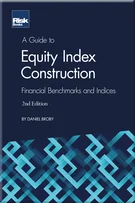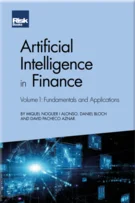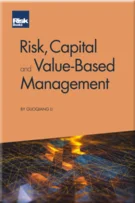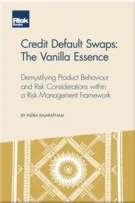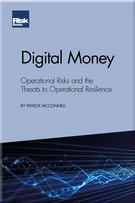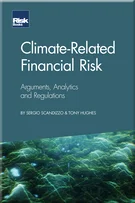Credit linked notes
Rodanthy Tzani and Maria Leibholz
Credit linked notes
Introduction
Credit derivatives: the past, the present and the future
The determinants of credit spread returns
What’s driving the default swap basis?
What is the value of modified restructuring?
The debt and equity linkage and the valuation of credit derivatives
Nth to default swaps and notes: all about default correlation
Portfolio credit risk models
Credit derivatives as an efficient way of transitioning to optimal portfolios
Overview of the CDO market
Synthetic securitisation and structured portfolio credit derivatives
Integrating credit derivatives and securitisation technology: the collateralised synthetic obligation
Considerations for dynamic and static, cash and synthetic collateralised debt obligations
CDOs of CDOs: art eating itself?
Valuation and risk analysis of synthetic collateralised debt obligations: a copula function approach
Extreme events and multi-name credit derivatives
Reduced-form models: curve construction and the pricing of credit swaps, options and hybrids
Dynamite dynamics
Modelling and hedging of default risk
ISDA’s role in the credit derivatives marketplace
Credit linked notes
Using guarantees and credit derivatives to reduce credit risk capital requirements under the New Basel Capital Accord
WHAT ARE CREDIT LINKED NOTES AND WHO USES THEM?
Credit linked notes (CLNs) are debt instruments whose payments are tied to the performance of the debt obligations of selected entities or “reference entities” – ie, they are linked to the credit quality of the reference entities’ obligations. The cashflow promised to the holder of the CLN note depends on the occurrence of pre-specified events (“credit events”) in the reference entities, specifically default within the asset pool. Depending on the transaction, the underlying portfolio can consist of a single reference entity or many.
The performance of the reference entity obligations is linked to the CLNs through a simple bilateral agreement in which one party agrees to absorb losses beyond a specified level, or through a derivative contract known as a credit default swap (CDS).11CLNs that use derivative contracts known as “total return swaps” also exist, but in this chapter we will only analyse the CLNs that use “credit default swaps” as underlying contracts. We explain both arrangements below. The opposite party to the swap (or agreement) is referred to as the swap counterparty or simply the counterparty.
The CLN structure is
Copyright Infopro Digital Limited. All rights reserved.
As outlined in our terms and conditions, https://www.infopro-digital.com/terms-and-conditions/subscriptions/ (point 2.4), printing is limited to a single copy.
If you would like to purchase additional rights please email info@risk.net
Copyright Infopro Digital Limited. All rights reserved.
You may share this content using our article tools. As outlined in our terms and conditions, https://www.infopro-digital.com/terms-and-conditions/subscriptions/ (clause 2.4), an Authorised User may only make one copy of the materials for their own personal use. You must also comply with the restrictions in clause 2.5.
If you would like to purchase additional rights please email info@risk.net


